Optimal Timing for Demolition Services
Determining the optimal time for demolition service depends on various factors including weather conditions, project scope, and local regulations. Scheduling during favorable weather minimizes delays and safety risks. Typically, dry seasons or periods with mild temperatures are preferred for large-scale demolition projects.
Demolition is best performed during dry, mild weather to ensure safety and efficiency. Rain, snow, or extreme heat can cause delays and hazards.
Scheduling demolition after securing permits and completing planning ensures compliance and smooth execution.
Timing projects when equipment and skilled labor are available can reduce costs and project duration.
Avoiding seasons with high wind or storm activity reduces the risk of debris dispersal and environmental impact.

Heavy machinery preparing for demolition at a site.
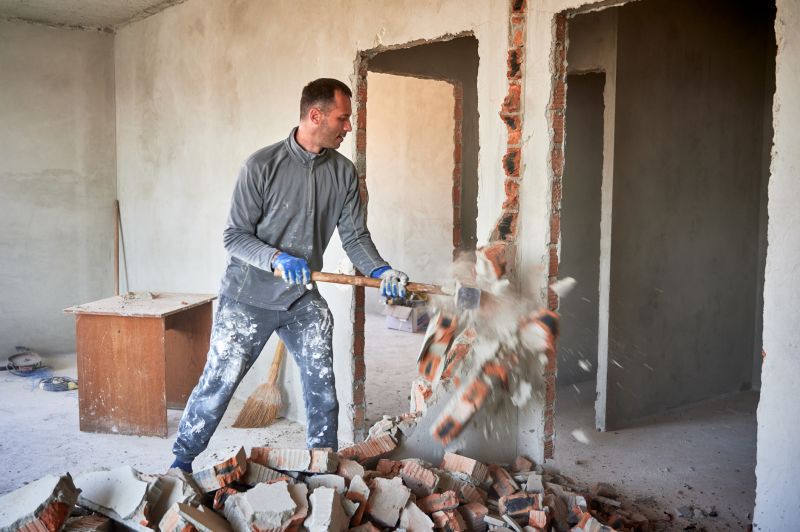
Workers preparing a building for demolition.
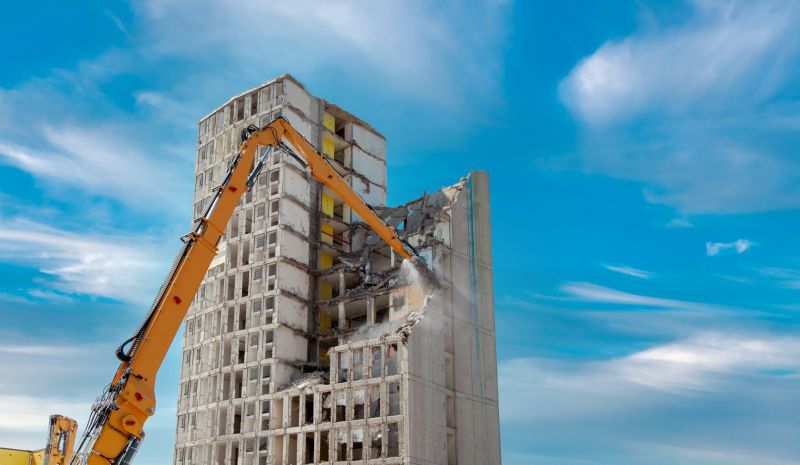
Explosive demolition of a structure.
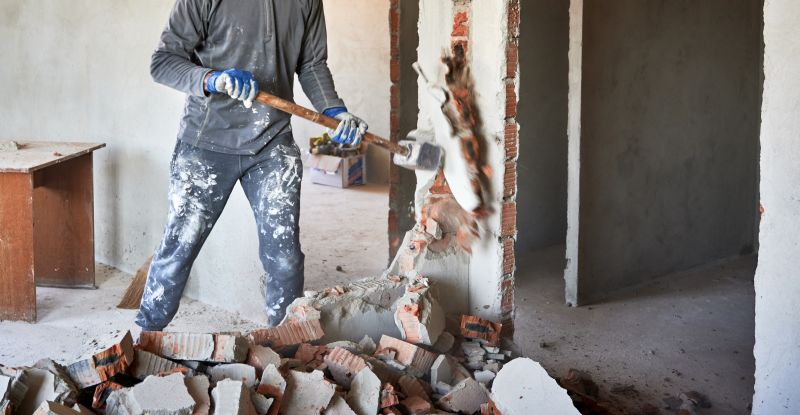
Ways to make Demolition Service work in tight or awkward layouts.
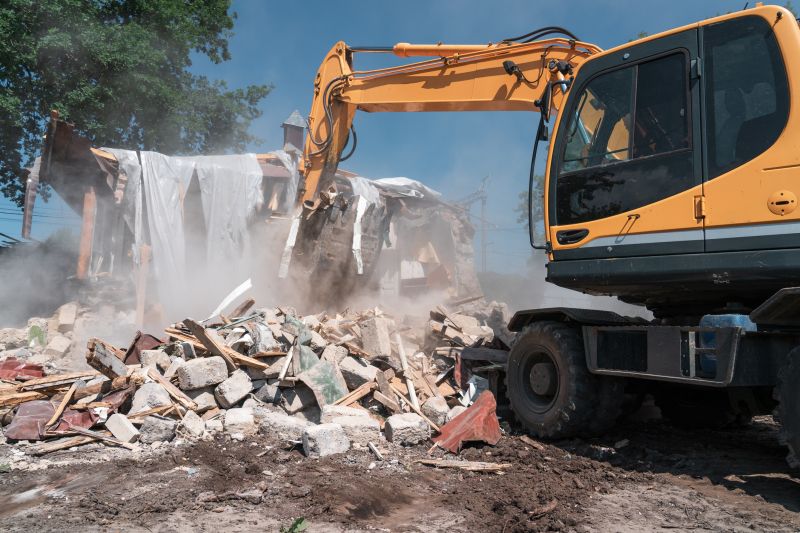
Popular materials for Demolition Service and why they hold up over time.
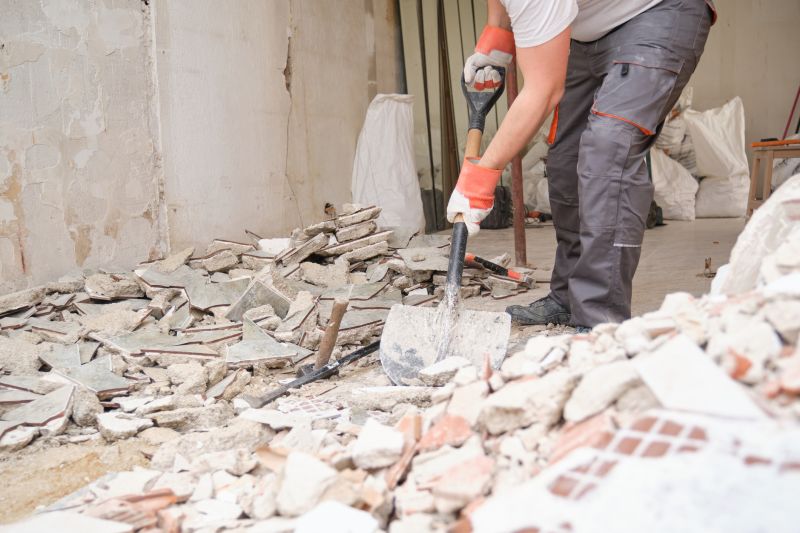
Simple add-ons that improve Demolition Service without blowing the budget.

High-end options that actually feel worth it for Demolition Service.

Finishes and colors that play nicely with Demolition Service.
| Factor | Considerations |
|---|---|
| Weather Conditions | Dry and mild weather preferred for safety and efficiency. |
| Permits and Regulations | Timing after obtaining necessary permits. |
| Project Scope | Larger projects may require more planning time. |
| Equipment Availability | Scheduling when machinery and crews are available. |
| Environmental Factors | Avoid seasons prone to storms or high winds. |
| Local Restrictions | Work hours and noise ordinances. |
Demolition services encompass a range of activities including complete building removal, interior gutting, and site clearing. Proper timing ensures safety, cost-effectiveness, and adherence to local regulations. Advanced planning and weather considerations are crucial for successful project completion.

Excavators and wrecking balls at a demolition site.

Debris being removed after demolition.

Workers using safety gear during demolition.

Demolition in an urban environment with surrounding structures.

Little measurements that prevent headaches on Demolition Service day.

A 60-second routine that keeps Demolition Service looking new.
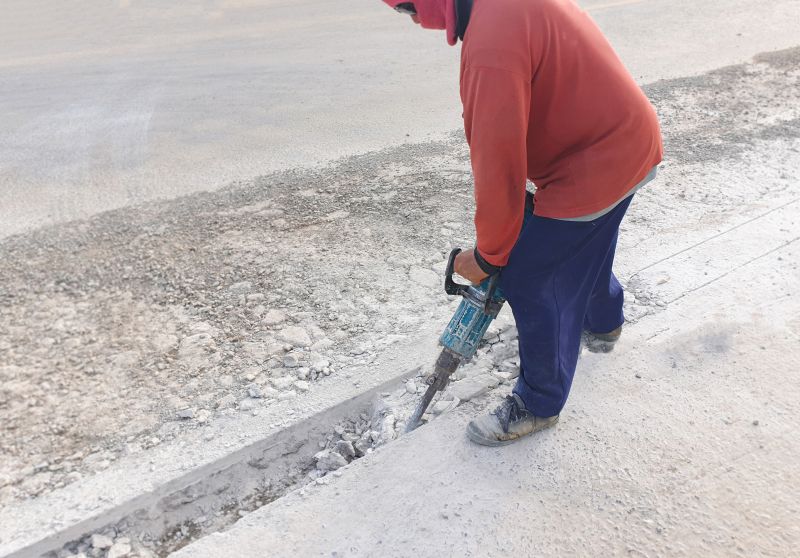
A frequent mistake in Demolition Service and how to dodge it.

Small tweaks to make Demolition Service safer and easier to use.
Choosing the right time for demolition can significantly impact project safety, timeline, and costs. It is essential to coordinate with local authorities and consider seasonal weather patterns to optimize outcomes. Proper planning ensures a smooth transition from demolition to subsequent construction phases.
Interested in scheduling a demolition? Fill out the contact form to get started.

